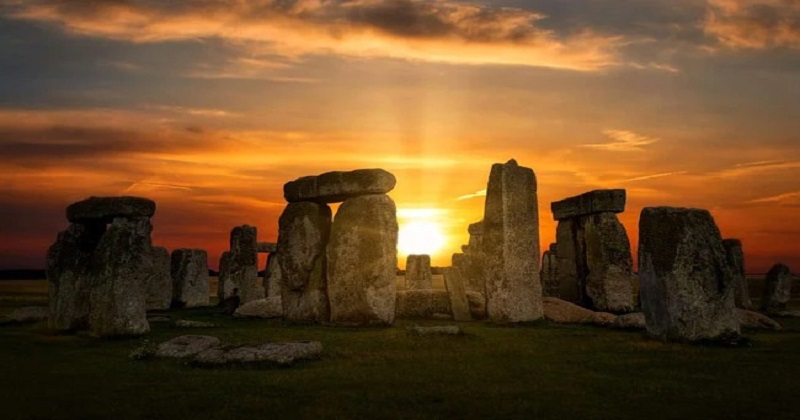
The summer solstice, or June solstice, which is the longest day of the year in the Northern Hemisphere and the shortest day in the Southern Hemisphere, will occur on Tuesday. The beginning of summer in the Northern Hemisphere and winter in the Southern Hemisphere coincides with the June solstice. This astronomical event happens on June 20 at 10:32 pm CDT (UTC-5) for people in North America, and on June 21 at 03:32 UTC for the rest.
The June solstice, which is influenced by Earth’s tilt on its axis and velocity in orbit around the Sun, will occur this year on Tuesday, June 21, 2022, at 9:14 UTC (4:14 am CDT).
Why do the days in the Northern Hemisphere and the Southern Hemisphere differ in length?
The north pole is tilted more directly toward the sun on the day of the June solstice, while the south pole is tilted more directly away from the sun. The days are therefore longer in the northern hemisphere and shorter in the southern.
The Latin words ‘sol’ (meaning sun) and ‘sistere’ are the origins of the term ‘solstice’ (i.e. stationary). It happens twice a year, which is in June in the Northern Hemisphere and in December in the Southern Hemisphere.
Also Read: International Yoga Day 2022: Here are some reasons to practice Surya Namaskar daily
The line of latitude, Tropic of Cancer, was given its name because it occurred on a solstice a few thousand years ago when the sun was in the constellation of Cancer (Latin for crab). The sun crosses the Tropic of Cancer in June, reaches its northernmost point there, and then stops before turning around and moving south again.
During the summer solstice, celebrations are held in Sweden, Denmark, Norway, and Finland. The summer solstice rotates between June 20, 21, and 22 based on Earth’s current orbit and is not fixed since it depends on the physics of the solar system and not on the human calendar.

Post Your Comments